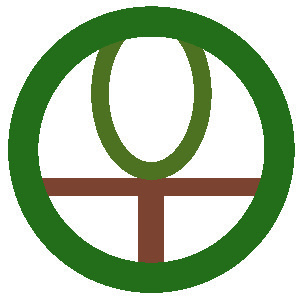OAKS
Domain: Eukarya=Eukaryotes
Kingdom: Plantae=Plants
Subkingdom: Tracheobionta=Vascular plants
Superdivision: Spermatophyta=Seed plants
Division: Magnoliophyta=Flowering plants
Class: Magnoliopsida=Dicotyledons
Subclass: Hamamelididae
Order: Fagales
Family: Fagaceae=Beech family
Genus: Quercus L.
(from the USDA)
Sure one can define an oak this way but oaks are so much more. Say the name out loud. What images come to your mind? Strength? Reliability? Longevity? Dignity? Oaks and oak wood have been favorites for centuries—across time and across continents. The wood has been used for ships, houses, furniture, barrels, and thousands of other objects. Its coarse grain is one of the most easily recognizable of the hard woods. But before we delve into all the uses of this amazing tree let us first study its biology.
Oaks, like all plants, are limited to certain environments. These environments are most often defined by latitude, altitude, and the amount of rainfall. Although specific species of oaks can be found in specific microenvironments, the distribution of the genus Quercus can be generally described.
There are over 600 species of oak trees and shrubs found in a belt in the Northern Hemisphere. They can be found in Asia, northern India, western Europe, northern edge of Africa, central America, Mexico, and across the whole of the United States. * Although some studies suggest that Quercus first appeared in Southeast Asia around 60 million years ago,** most species are to be found in North America.
Quercus comes from two Celtic words: quer which means “fine” and cuez which means “tree.”***
*William Bryant Logan, Oak—The Frame Of Civilization (New York: W.W. Norton & Company, 2005), 27.
**Colin Tudge, The Tree—A Natural History of What Trees Are, How They Live, And Why They Matter (New York: Crown Publishers, 2006), 194.
***California Oak Foundation and the California Native Plant Society
12/12

